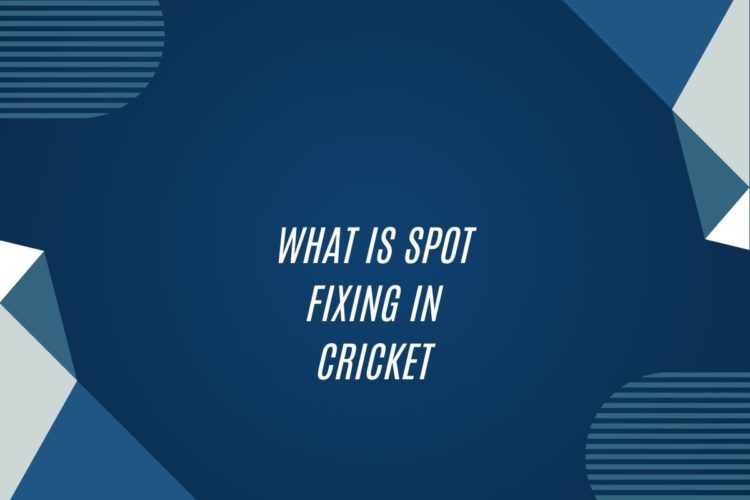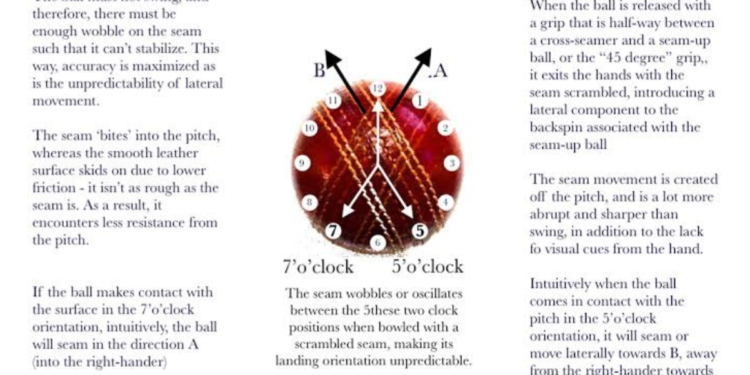Spot Fixing Explained
Spot fixing involves manipulating specific moments or events within a match for illegal gain. It is a form of cheating that undermines the integrity of the game and goes against the principles of fair play. Players involved in spot fixing often target certain aspects of the match, such as the number of runs scored in an over or the timing of a specific incident, to influence the outcome in a predetermined manner.
Unlike match fixing, where the entire result of a match is predetermined, spot fixing focuses on specific incidents within a game without necessarily impacting the final outcome. This makes it harder to detect as it may not significantly affect the overall result of the match. Spot fixing can involve players, bookmakers, or other individuals working together to manipulate key moments during a match for financial gain or other benefits.
Why Spot Fixing Is Considered Illegal
Spot fixing is considered illegal in the world of sports, particularly in cricket, due to its detrimental impact on the integrity and fairness of the game. When players manipulate specific aspects of a match for personal gain, it undermines the spirit of competition and causes a breach of trust among fans, players, and officials. By compromising the genuine nature of the game, spot fixing erodes the principles of sportsmanship and undermines the credibility of cricket as a whole.
Moreover, illegal spot fixing creates an unequal playing field where outcomes are no longer determined solely by the skills and efforts of the players involved. Instead, the integrity of the game is compromised as certain outcomes are predetermined, essentially turning what should be a fair and unpredictable competition into a scripted and manipulated event. This not only tarnishes the reputation of cricket but also damages the trust and investment that fans, sponsors, and organizers have in the sport, leading to a significant loss of credibility and disillusionment among cricket enthusiasts.
How Spot Fixing Differs from Match Fixing
Spot fixing and match fixing are illegal activities that tarnish the integrity of sports, particularly cricket. While both involve manipulating the outcome of a game for personal gain, they differ in scope and execution. Unlike match fixing, where the entire outcome of a match is predetermined, spot fixing focuses on specific moments or incidents within a game that can be manipulated.
In spot fixing, players or officials manipulate specific aspects of the game, such as the number of runs scored in an over or the timing of a specific event like a no-ball or a wide delivery. These incidents may not necessarily alter the final outcome of the match but can still influence certain betting markets. Match fixing, on the other hand, involves fixing the result of the entire game, often through strategies like deliberately underperforming or making decisions that ensure a specific outcome.
Examples of Spot Fixing Incidents in Cricket
In recent years, cricket has been plagued by several high-profile spot-fixing incidents that have tarnished the sport’s reputation. One such incident occurred in 2010 during a test match between Pakistan and England at Lord’s. Three Pakistani players were found guilty of conspiring to deliberately bowl no-balls at specific points in the match in exchange for money.
Another notable spot-fixing scandal took place in the Indian Premier League (IPL) in 2013. Three Rajasthan Royals players were arrested for their involvement in spot-fixing activities during the tournament. The players were accused of underperforming in exchange for bribes from bookmakers, casting a shadow over the credibility of the league and the players involved.
Impact of Spot Fixing on the Integrity of Cricket
Spot fixing casts a dark shadow on the integrity of cricket, shaking the foundations of the sport and eroding the trust of fans worldwide. When players manipulate specific moments within a match for personal gain, it not only tarnishes their own reputation but also undermines the fairness and honesty that are vital to the essence of cricket. The ripple effects of spot fixing extend far beyond individual games, creating a ripple effect that impacts the credibility of the entire sport.
Moreover, the stain left by spot fixing is not easily erased, as the specter of doubt lingers long after the incident has occurred. Fans and stakeholders alike question the authenticity of every play and every result, feeding into a culture of suspicion and disbelief. The damage caused by spot fixing goes beyond mere monetary gain; it strikes at the heart of the values that cricket stands for, jeopardizing the very essence of fair competition and sportsmanship.























